Concerts Royaux I-IV - 1 or 2OB/PN (Basso Continuo)
Composer: Couperin, François
Publisher: Musica Rara (Germany)
Edition: 64596
$119.95
Concerts Royaux I-IV
for two oboes (or flutes, or violins) and piano (basso continuo)
by François Couperin (1668-1733) - French Baroque composer, organist, and harpsichordist
for two oboes (or flutes, or violins) and piano (basso continuo)
by François Couperin (1668-1733) - French Baroque composer, organist, and harpsichordist
Concert Royal I
for oboe (or flute, or violin), oboe II ad lib., and piano (basso continuo)
I. Prelude- Gravement
II. Allemande
III. Sarabande
IV. Gavotte
V. Gigue
VI. Menuet enTrio
Concert Royal II
for oboe (or flute, or violin) and piano (basso continuo)
I. Prelude
II. Allemande Fugue
III. Air Tendre
IV. Air Contre Fugue
Concert Royal III
for oboe (or flute, or violin), viola da gamba ad lib., and piano (basso continuo)
I. Prelude
II. Allemande
III. Courante
IV. Sarabande
V. Gavotte
Concert Royal IV
for oboe (or flute, or violin), oboe II, and piano (basso continuo)
I. Prelude
II. Allemande
III. Courante Francoise
IV. Courante a L'italiene
V. Sarabande
VI. Rigaudon
VII. Forlane- Rondeau
Edited by Robert Paul Block, Gerhard Krapf, and David Lasocki. Couperin's Concerts Royaux were first published in 1722. The French word concert usually means concerto; in this case, it signifies "concerted music in dance form scored for an ensemble group". As Wilfrid Meyers has pointed out, "composed to soften and sweeten the King's melancholy, the Concerts Royaux are conceived in a style more French than Italian...nonetheless, the music throughout... indicates how deeply Couperin's French idiom is impregnated with Italianism."
The Concerts are for the most part set out in two staves and may be conveniently performed on the harpsichord as they stand. Couperin states that they are also suitable for the violin, flute, oboe, viola da gamba, and bassoon. The choice of instrument should depend on the expressive quality of the movement in question. During Couperin's lifetime, the choice of woodwind instrument would also have depended on the key of the movement.
Four movements of the Concerts are written for three voices rather than two. This edition comes with five sections. The first is an extensive introduction/preface with critical notes, etc. Each subsequent Concert is separate, and each includes a solo part for treble clef (oboe, flute, or violin), a second solo part (if needed), a keyboard continuo, as well as a separate basso part, playable on any bass clef instrument such as bassoon, cello, string bass, or viola da gamba.
The Concerts are for the most part set out in two staves and may be conveniently performed on the harpsichord as they stand. Couperin states that they are also suitable for the violin, flute, oboe, viola da gamba, and bassoon. The choice of instrument should depend on the expressive quality of the movement in question. During Couperin's lifetime, the choice of woodwind instrument would also have depended on the key of the movement.
Four movements of the Concerts are written for three voices rather than two. This edition comes with five sections. The first is an extensive introduction/preface with critical notes, etc. Each subsequent Concert is separate, and each includes a solo part for treble clef (oboe, flute, or violin), a second solo part (if needed), a keyboard continuo, as well as a separate basso part, playable on any bass clef instrument such as bassoon, cello, string bass, or viola da gamba.

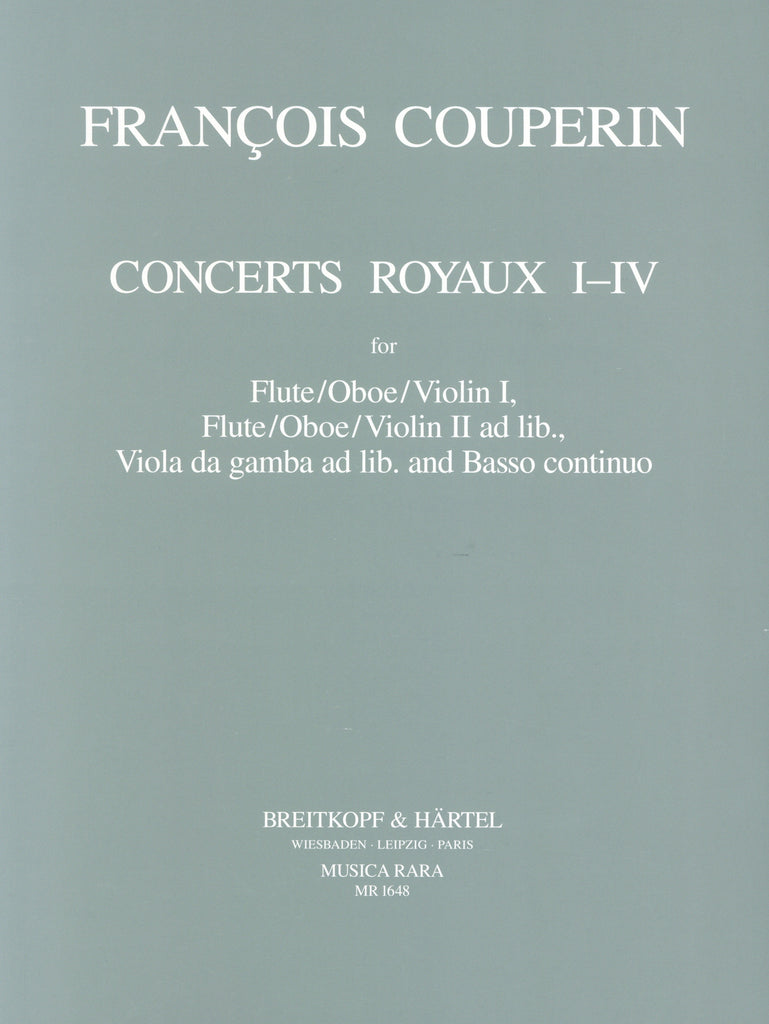
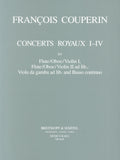
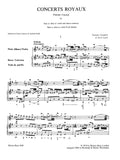
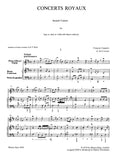



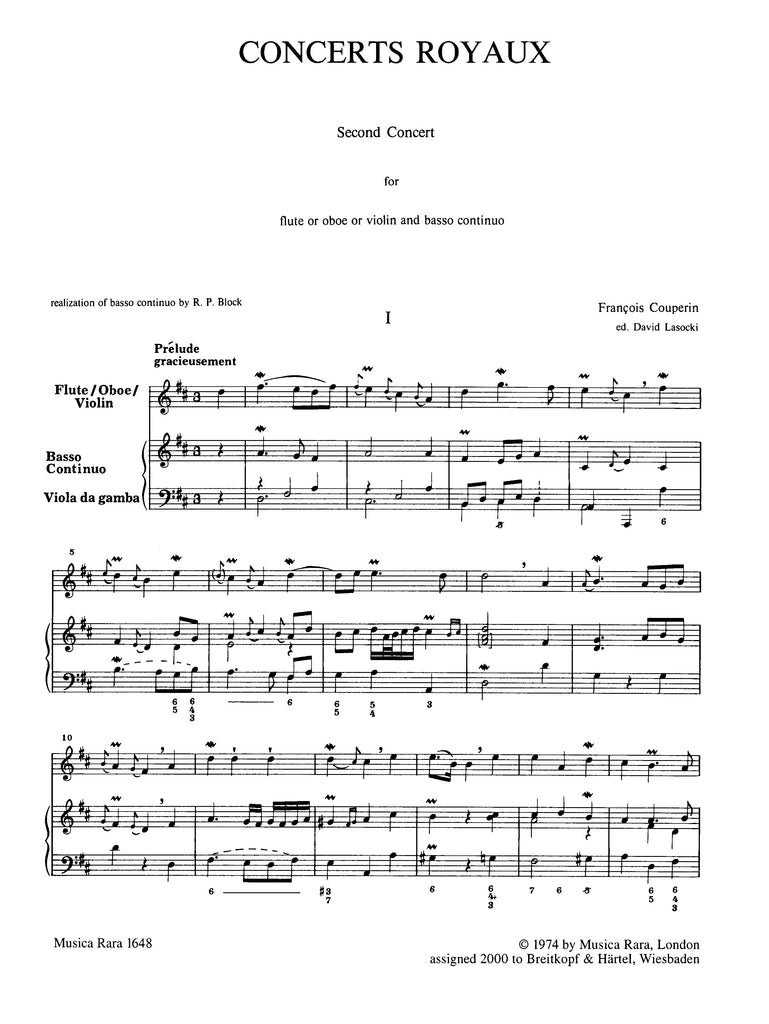


Share this item: